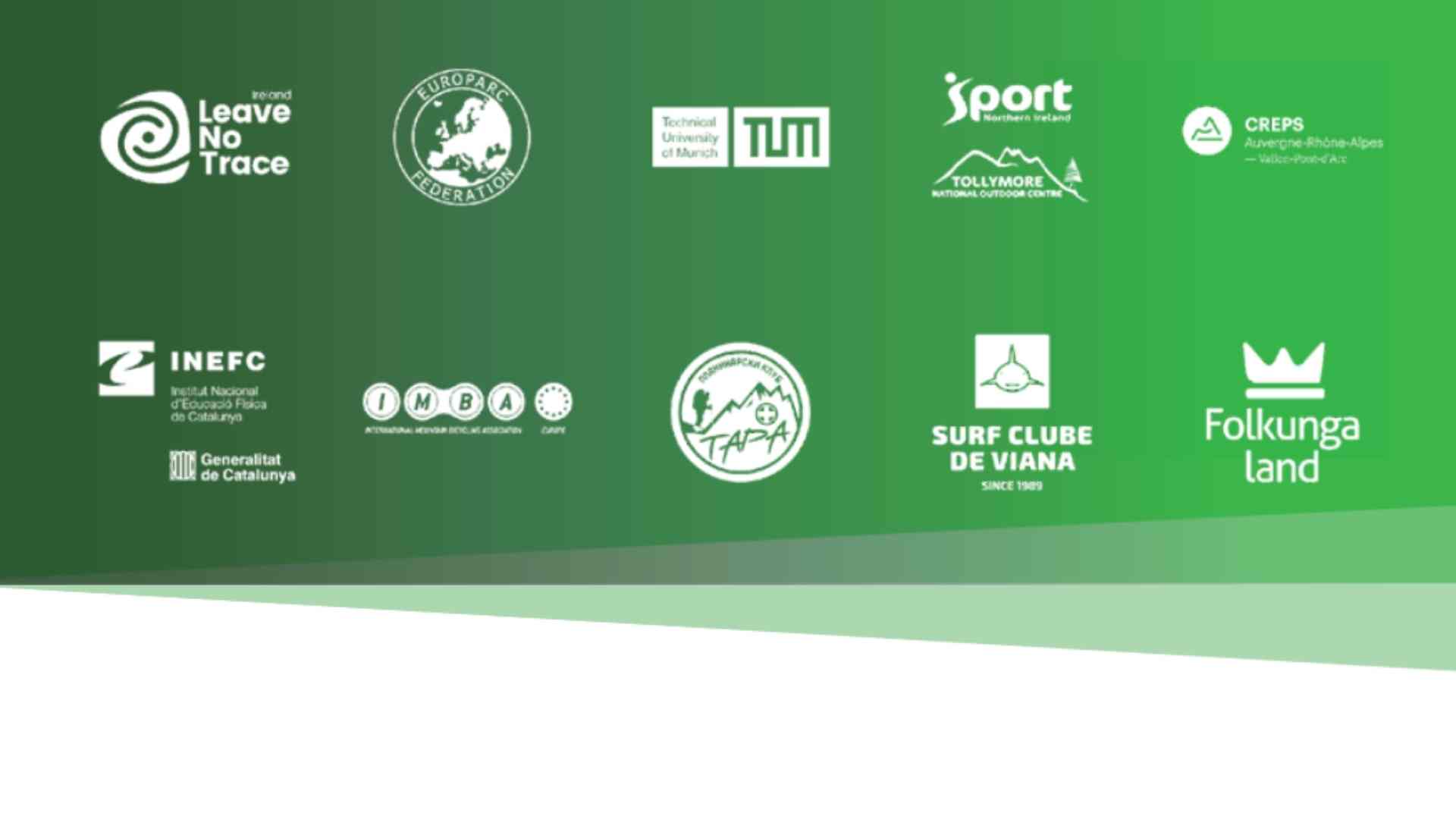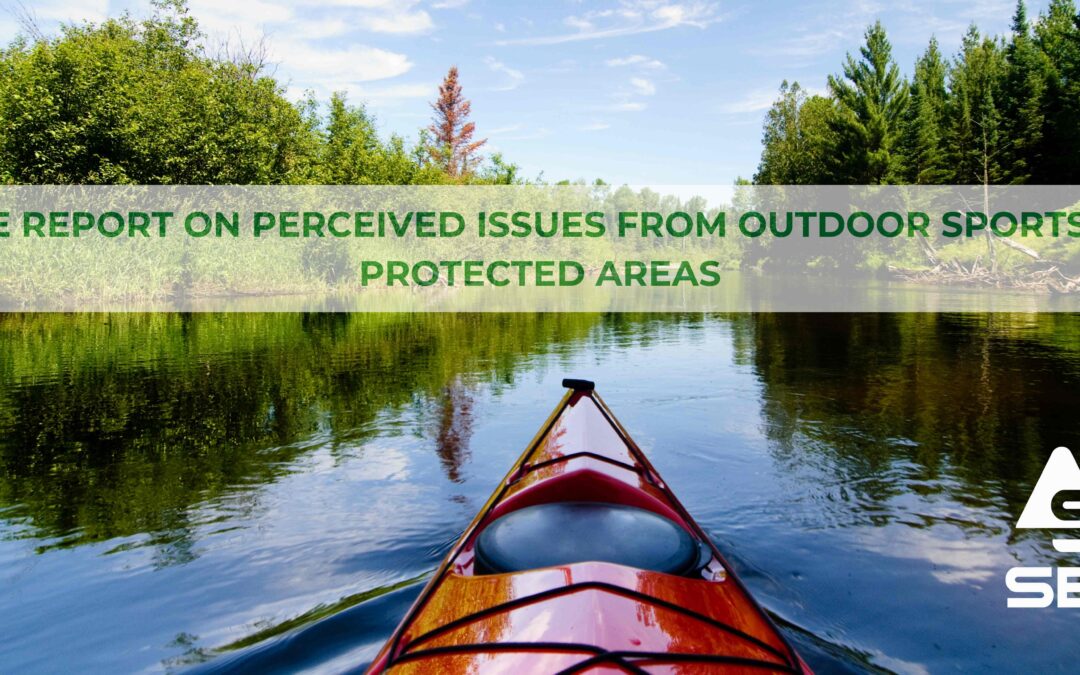The partners of the SEE project have come together for three years to develop a toolkit for environmental education through and for nature sports and have just published their first report on the subject. Details and infographics in this article.
SEE, a European project linking environmental protection and nature sports
Bringing together European environmental and nature sports organisations, the SEE project – Sustainability and Environmental Education in Outdoor Sports – aims to develop a coordinated approach to teaching environmental ethics in and through outdoor sports.
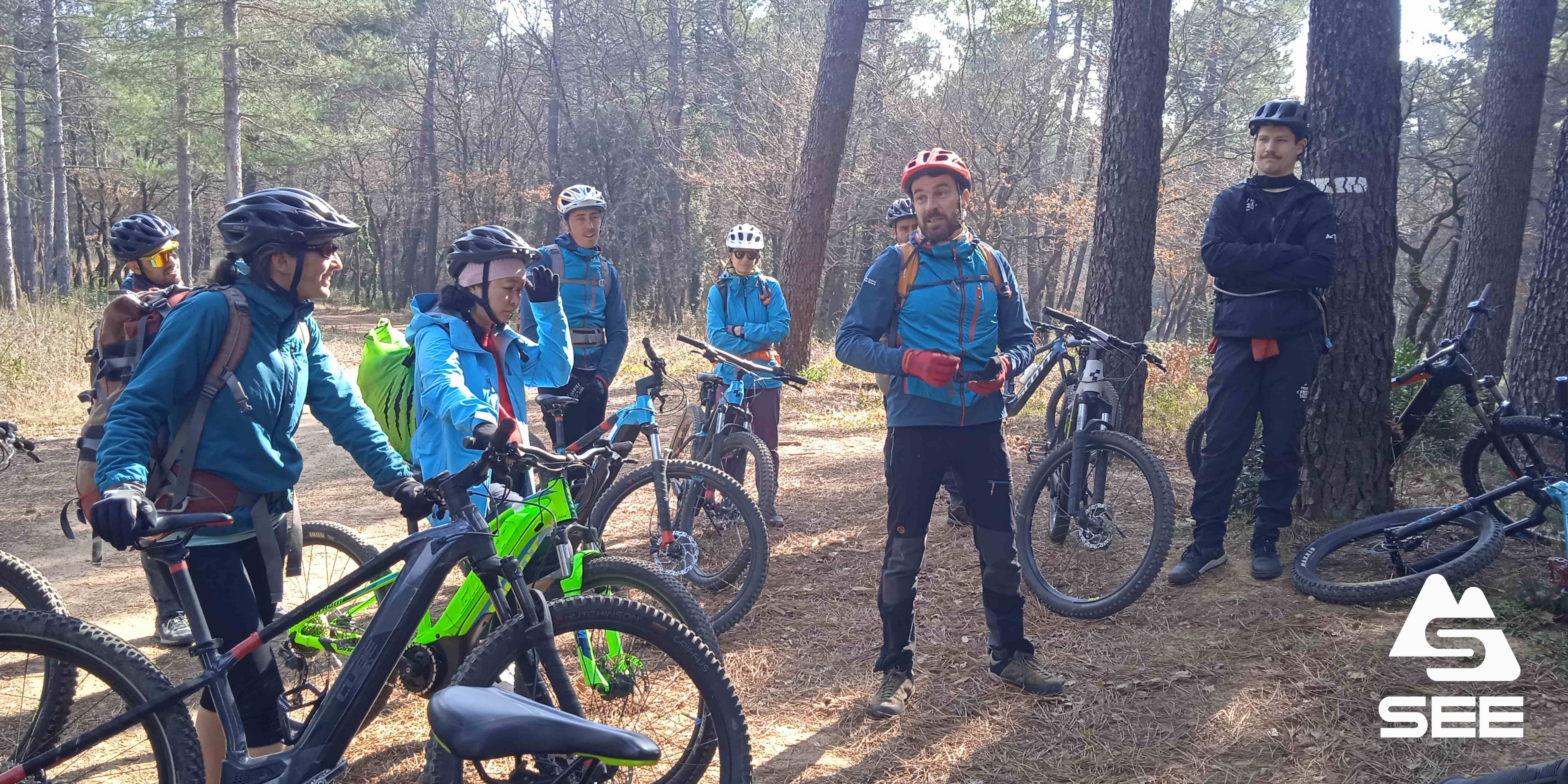
Aiming to develop environmentally responsible behaviour as well as the skills of coaches, guides and sports instructors, the project aims to build an innovative toolkit. In addition to promoting social inclusion, equal opportunities and the health benefits of physical activity – in line with the sustainable development principles developed in the new Green Deal for Europe – the toolkit should enable these professionals to integrate sustainability principles into their daily work and educate participants on how to minimise the impact of their sport on the environment.
A first step in the construction of the toolkit: identifying the perceived impact of outdoor activities on protected natural areas in Europe
Indeed, these activities are often practised in the heart of protected areas, which are home to particularly sensitive biodiversity. However, some sportsmen and women are not aware of the degree of conservation required, thus disturbing the environment.
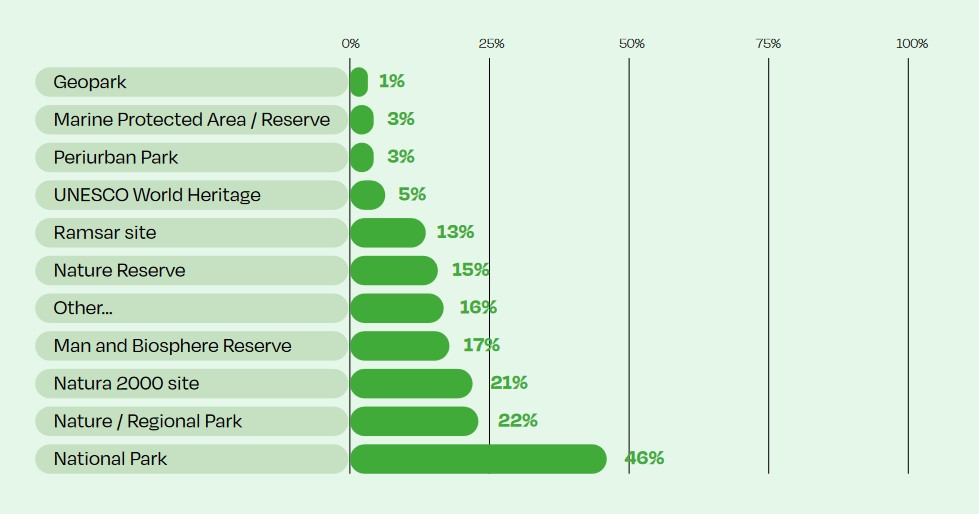
In order to avoid this damage, the SEE project partners – in particular the EUROPARC members who led this part of the project – set about carrying out a survey of 94 protected area managers throughout Europe. The aim? To know precisely the different impacts of nature sports on their environments and to identify innovative solutions in order to manage them effectively. Collected in 24 different countries, this information was gathered in a recently published report.
Lessons learned gathered in a report: Report on Perceived Issues from Outdoor Sports in Protected Areas
When asked about the characteristics of each protected area, its use by the public, the opportunities and challenges related to nature sports and the management strategies implemented, the respondents highlighted several elements. Among them, it seems interesting to highlight five central points:
- According to the managers of protected areas, the five most practised outdoor sports in these areas are hiking (88.3%), mountain biking (57.5%), cycling (53.2%), running and orienteering (50%).
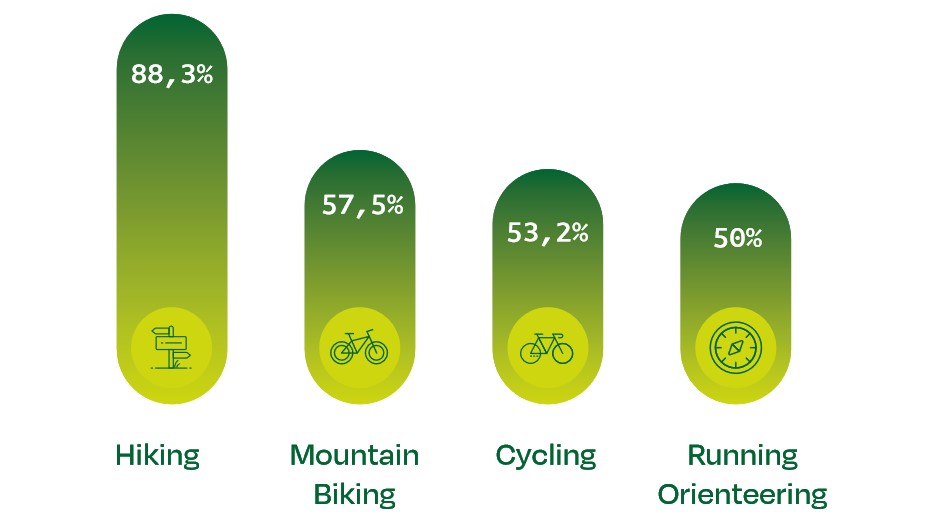
- In the majority of these areas, the most frequently perceived problems are related to hiking (especially problems with off-leash dogs) and mountain biking (conflicts with other users).
- A majority of respondents indicated that they monitor or calculate the number of visitors (70%) and follow a visitor management plan (55%). However, only 9% of them hold the European Charter for Sustainable Tourism (ECST).
- Almost all the stakeholders interviewed (97%) have regulations in place to manage nature sports.
- Also, 66% of respondents stated that the presence of outdoor sports in protected areas is linked to increased awareness of environmental issues. The same proportion of stakeholders (65%) consider that their protected area is more appreciated by nature sports enthusiasts than by other visitors.
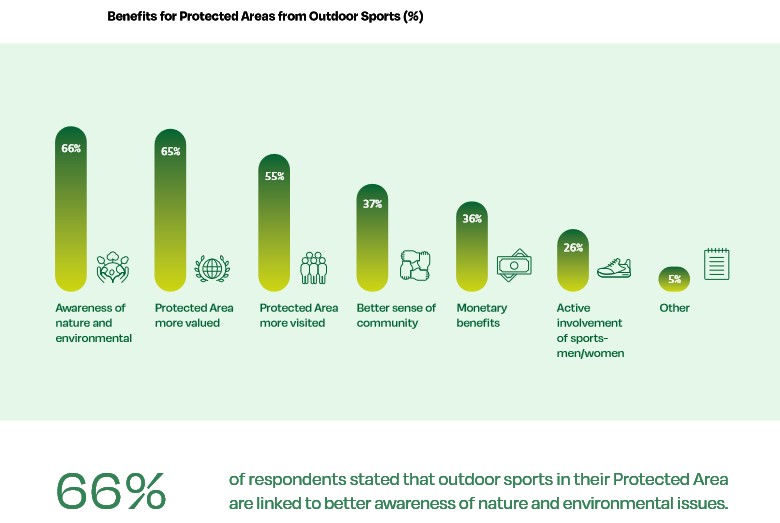
These results are revealing of the situation in Europe and give hope for the development of outdoor activities linked to environmental awareness on the continent. Access the report and detailed infographics for more details!
